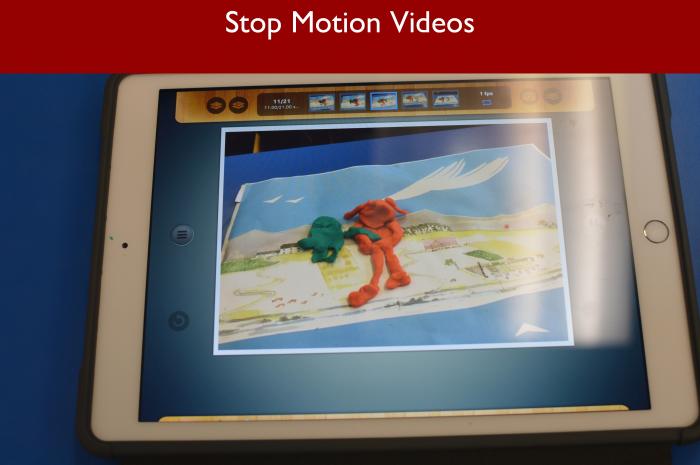
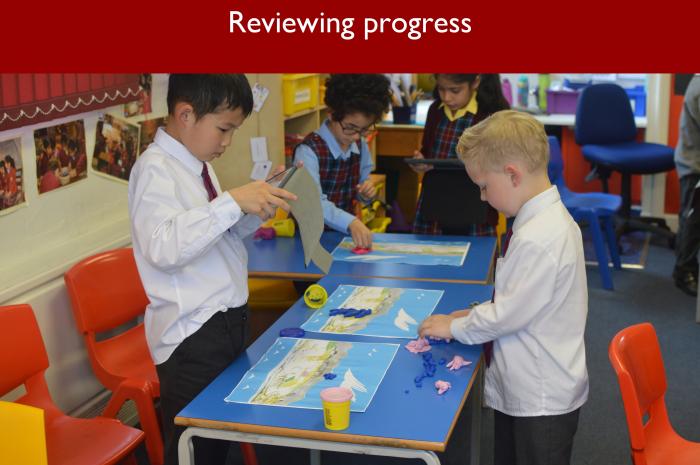
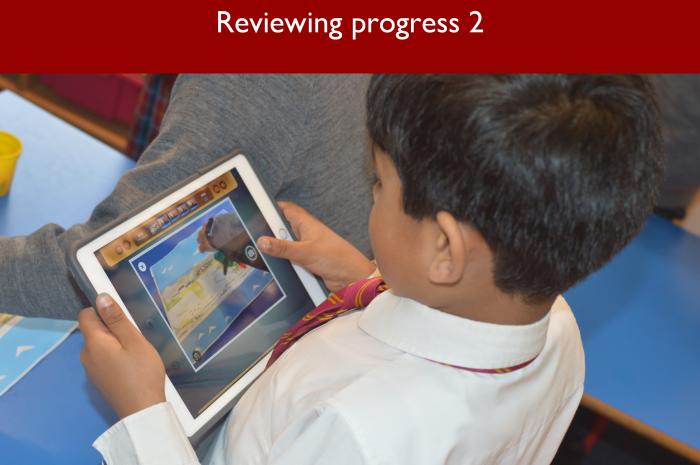
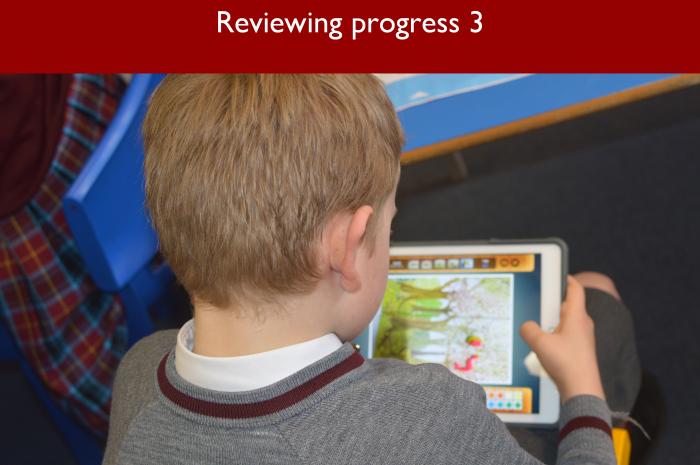
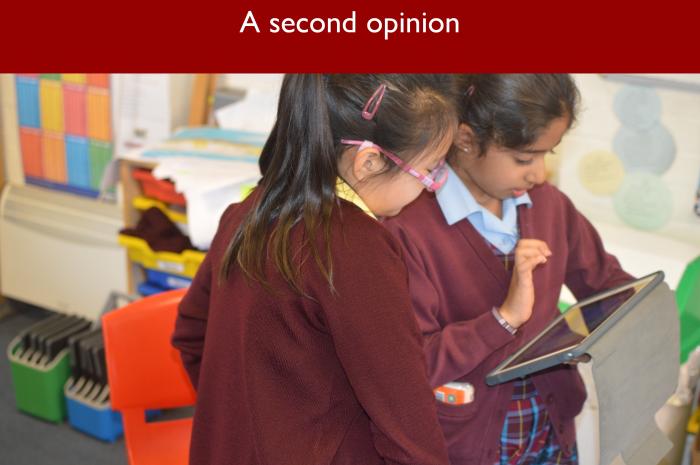
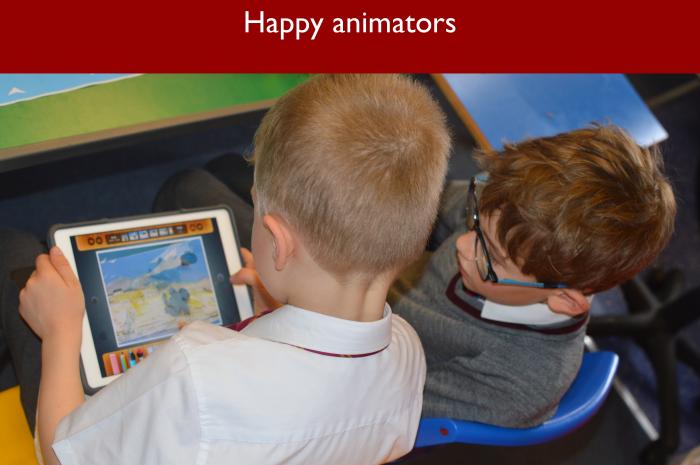
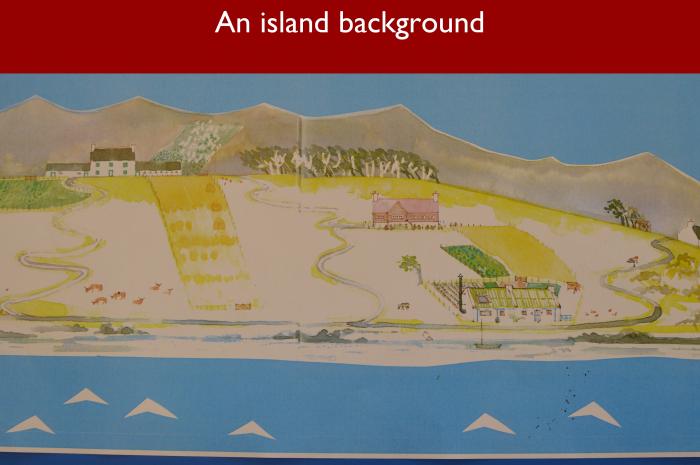
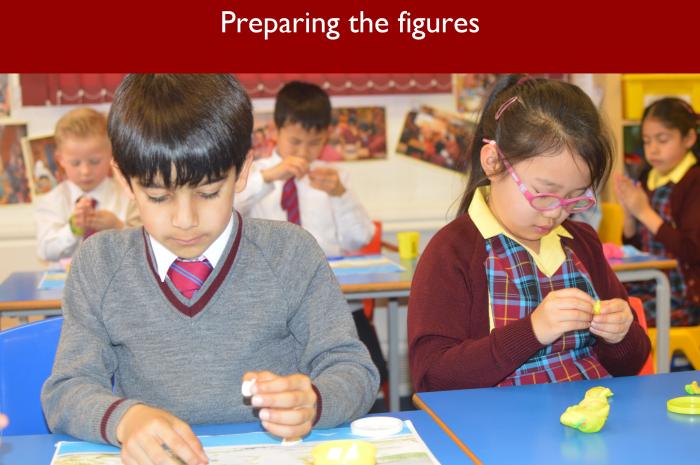
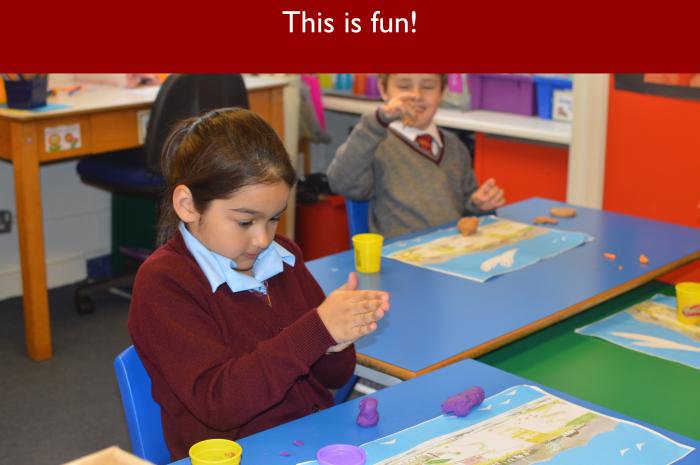
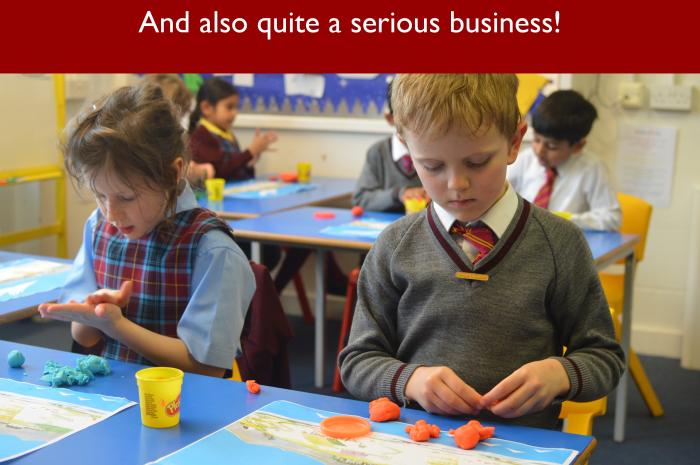
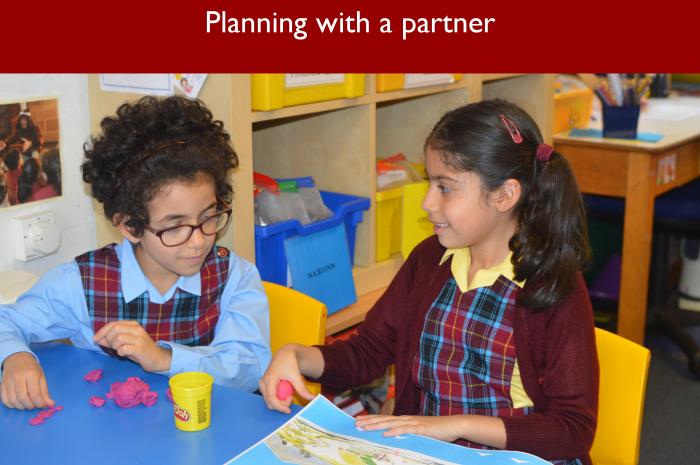
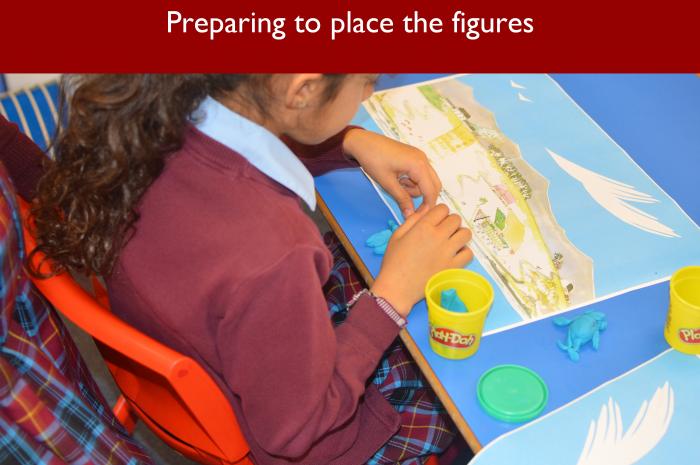
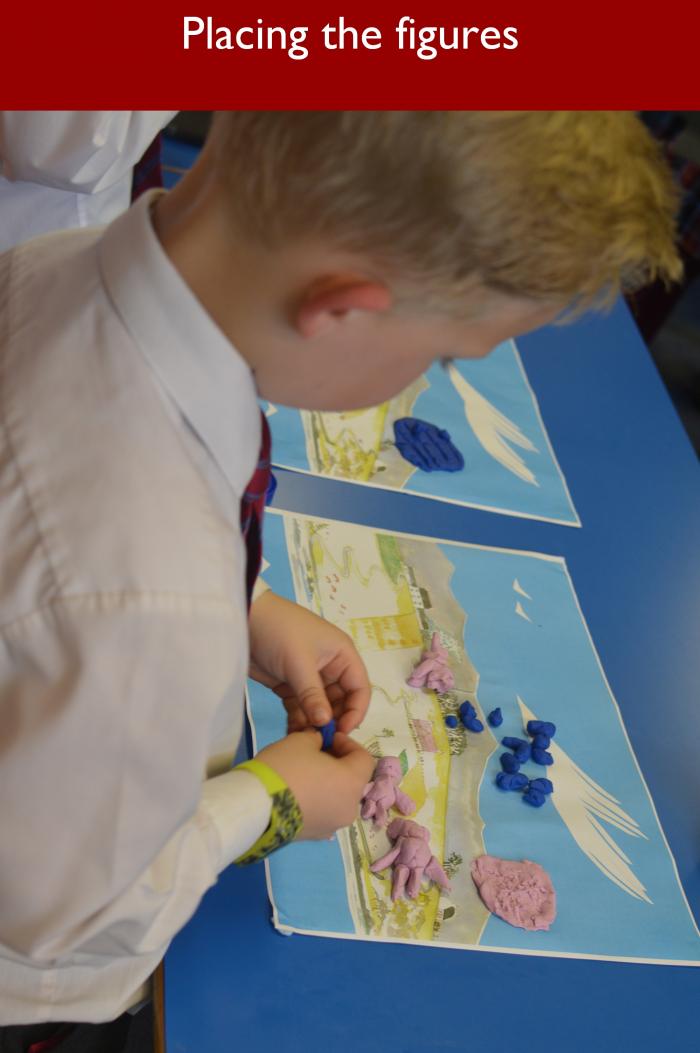
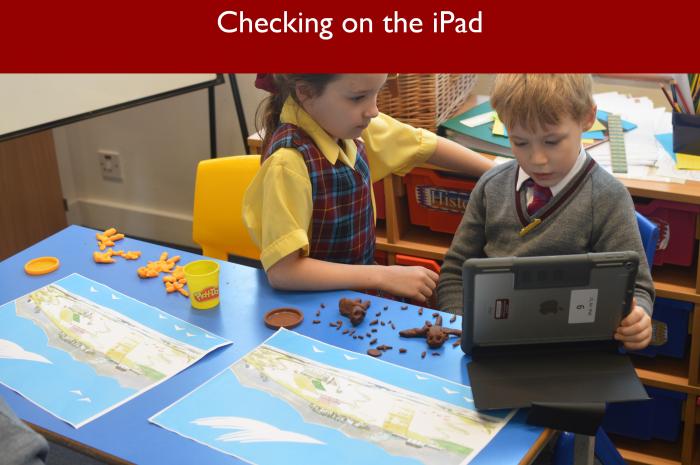
Lights, Camera and a Little Bit of Action!
Poor Katie Morag! Driven to distraction by her new baby sister’s constant howling, she goes out on a blustery day and hurls her favourite teddy bear into the Atlantic Ocean. Within minutes, she bitterly regrets what she has done. Luckily, the ever resourceful Granny Island comes along in her tractor to help her rescue Ted, clean and patch him up, and return Katie Morag to her home at the Island Stores and Post Office, where by now the baby has calmed down.
This story, Katie Morag and the Tiresome Ted, and others in the famous series by Mairi Hedderwick, have provided the starting point for some inspiring cross curricular work in Form 2 recently. The Katie Morag stories are a treasure trove for teachers and, to be honest, you are unlikely to go through primary school these days without encountering them at least somewhere in a topic. Beautifully illustrated by Mairi herself, the stories offer a window into a very different environment to that of suburban central England, as they are set on the fictional island of Struay, a thinly disguised version of the Hebridean island of Coll. Children are given an insight into a world with fewer cars but lots of sheep, where the pace of life is slower and the community tightly knit, and they can see at first hand the crucial importance of the weather and the changing seasons. They can speculate on the likely impact of the launch of a more regular ferry service from the mainland, and the arrival of a bigger ship, capable of carrying larger vehicles. A huge change for the island, and is this entirely a positive thing?
In English, the children always enjoy the opportunity to retell the stories or adapt them to create their own versions. Mr Solly brought all these elements together when he challenged 2TS with the task of creating their own computer animation loosely based on events in Katie Morag and the Tiresome Ted.
The iPad app, Animation HD, is the same one that Mr Solly and Miss Murphy used so successfully during the Reading and Writing Festival earlier this term. The children in 2TS have also had the chance to prepare an animation based on the events during the Great Fire of London, so the technical aspects of the app were already very familiar to them. On top of this, a working knowledge of the characters and plot allowed the children to range freely in their own interpretive ideas for the project.
First, they had to decide on the characters they wanted for their animation. Next, they had to make them out of ‘play-doh’; hence the rather lurid and unorthodox colours on the models you can see in some of the photographs. In some cases, this element of the task could prove tricky, depending on the characters chosen. Reuben reported that attempting to make a seagull was extremely challenging.
With the models made, the children had to position and reposition them repeatedly to take the photos for the stop motion animation. This was a lot more difficult than you might think. If you didn’t hold the iPad straight, as George G discovered, you would end up creating a very wonky world. If you didn’t aim it at the characters, you would find yourself with a picture of the classroom table, as happened to Henry, or the ‘play-doh’ pot, as Avneet found. For this reason, the children realised it was essential to check the photographs carefully after every shot.
At the end of the lesson, the children played back their animations to each other and reflected on their work. Whilst they had all thoroughly enjoyed the lesson, several children saw ways in which they could have improved their animations. Enzo O felt that he could have made his storyline more exciting. Sienna, who saw ideas in other children’s stories that she thought were more successful than her own, declared that she would like to have a go at animating Beauty and the Beast.
Well, Sienna, you can, because animations such as we have been doing in school could very easily be adapted for a home project. As much as anything else, with so much scope to adapt and improve, tasks such as these help to develop children’s skill and confidence as storytellers. A truly engaging and productive way in which to harness the power of computer technology.